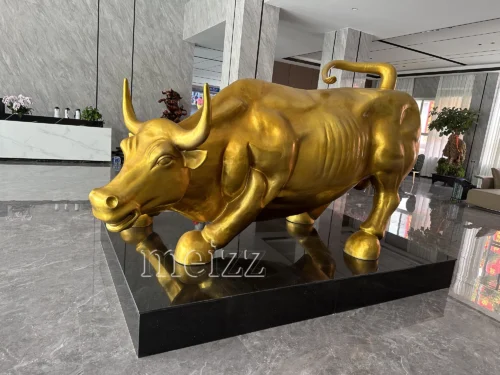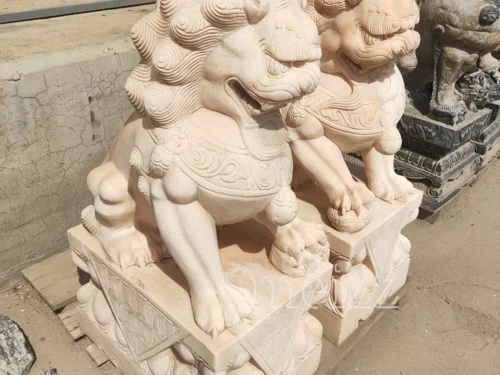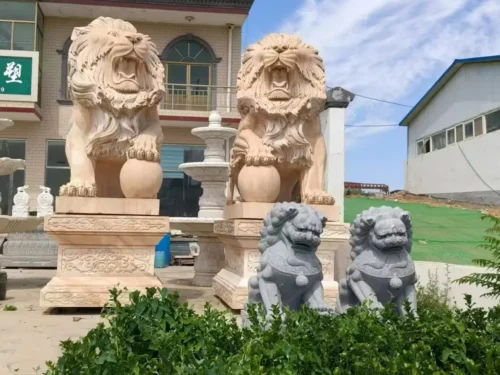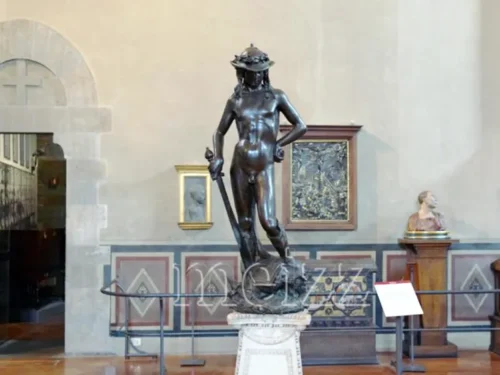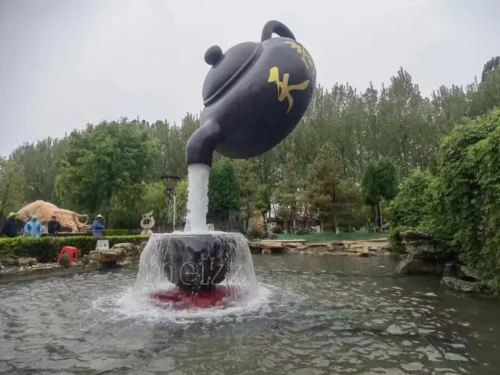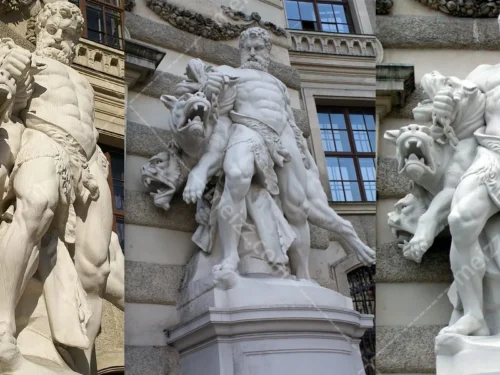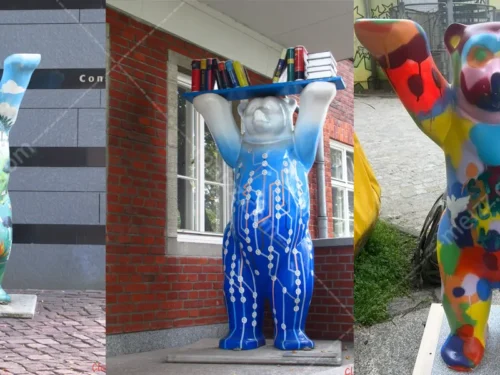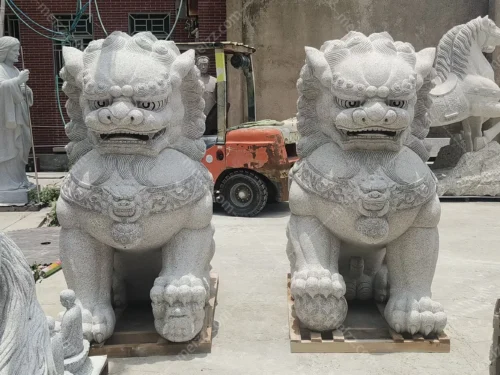

Introduction to the Headless Angel Statue in the Louvre Museum
Among the many treasures in the Louvre in Paris, there is a very famous statue, which is the Headless Angel Statue in the Louvre” (also known as the “Victory Goddess Statue” or “Victory Goddess of Samothrace”). This statue not only attracts countless tourists with its unique appearance, but is also hailed as a masterpiece of Western sculpture art due to its profound historical background and artistic value. The original name of the statue was “Winged Victory of Samothrace”, representing the goddess of victory Nika, the goddess of victory in ancient Greek mythology.
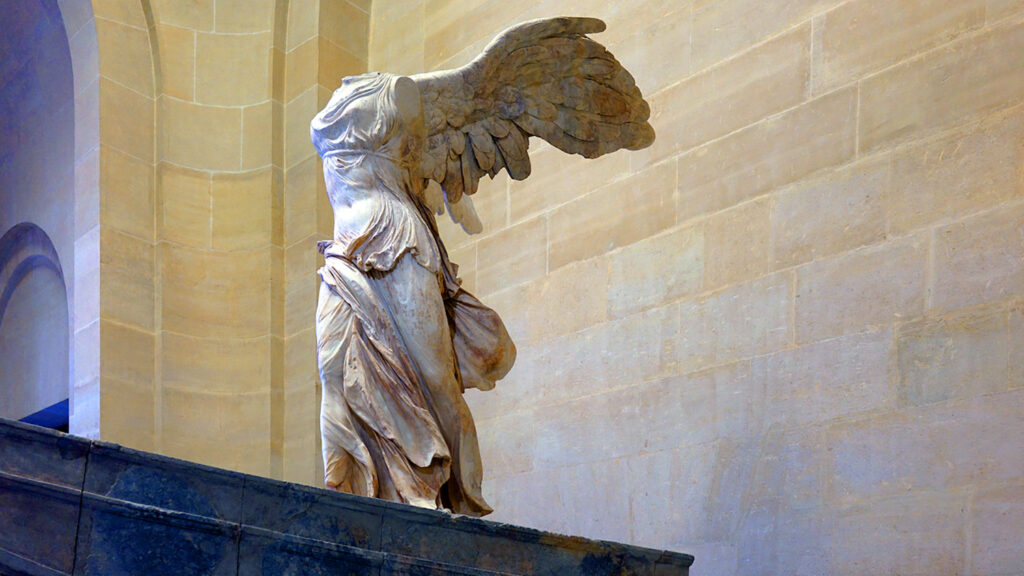
The historical background of the statue
This Headless Angel Statue in the Louvre was created around 190 BC, belonging to the “Hellenistic period” of ancient Greece, during which art works were often full of dynamism and strong emotional expression. The statue of Nicaea of Samothrace was originally built to commemorate the victory in naval battles. It was originally housed in a temple on the island of Samothrace, with the sea behind it, symbolizing the arrival of the God of Victory from the sea, bringing news of victory.
The statue was discovered by French archaeologist Charles Champioseau in 1863. Although the head and arms of the statue have been lost, its noble and elegant posture and exquisite carving skills still impress people.
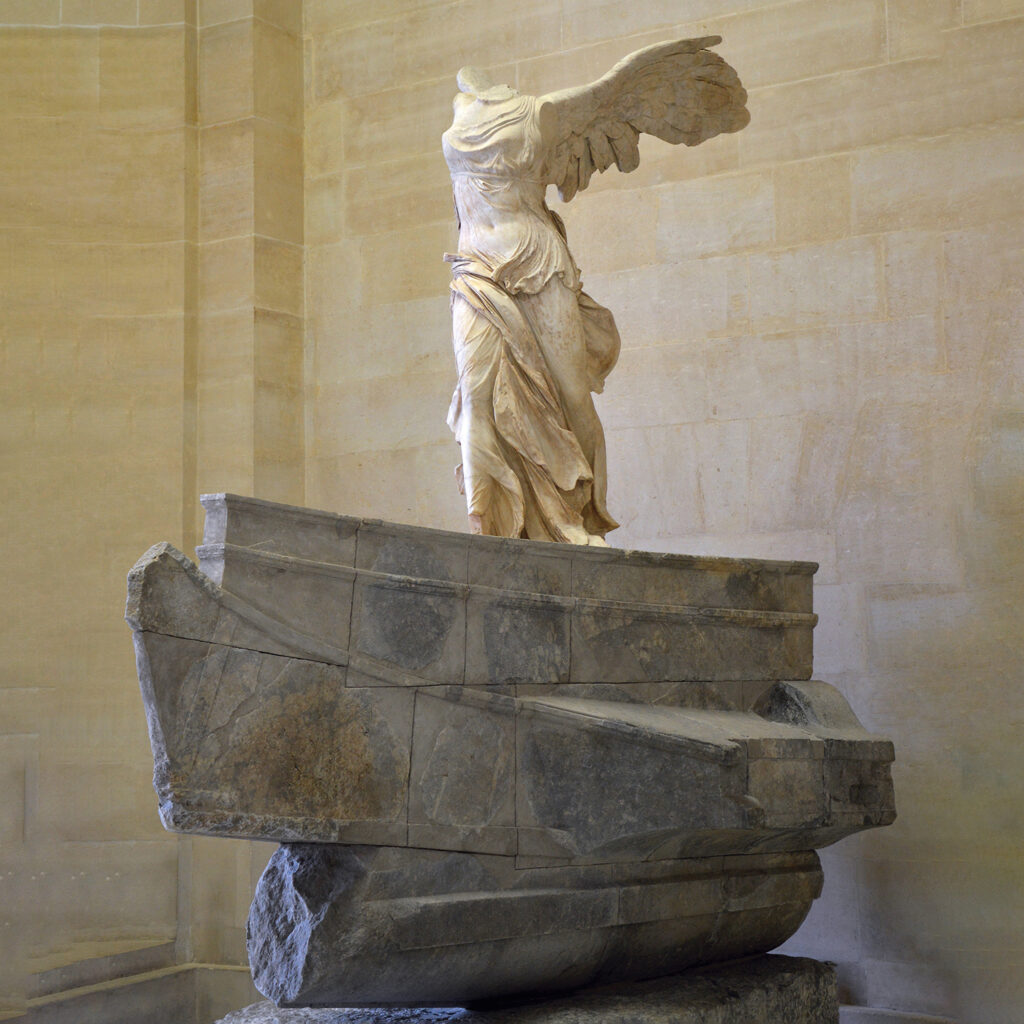
The artistic style of the statue
The artistic style of the headless angel statue belongs to the typical style of the Hellenistic period. The statue displays a high sense of dynamism, with Angel Nika standing at the bow of the ship, wings spread out, as if flying in the wind. Her long robe was blown tightly against her body by the wind, showcasing the perfect curves of a woman while also showcasing the power and speed of the wind. This dynamic handling gives the statue a sense of life, and viewers can feel the victorious aura of her descending from the sky.
Although the statue has lost its head and arms, its highly dynamic posture and the extension of its wings still exude strength and beauty. The artist delicately portrays the texture and dynamics of angel robes through complex folds and smooth lines, reflecting the pinnacle of ancient Greek sculpture art through this meticulous carving technique.
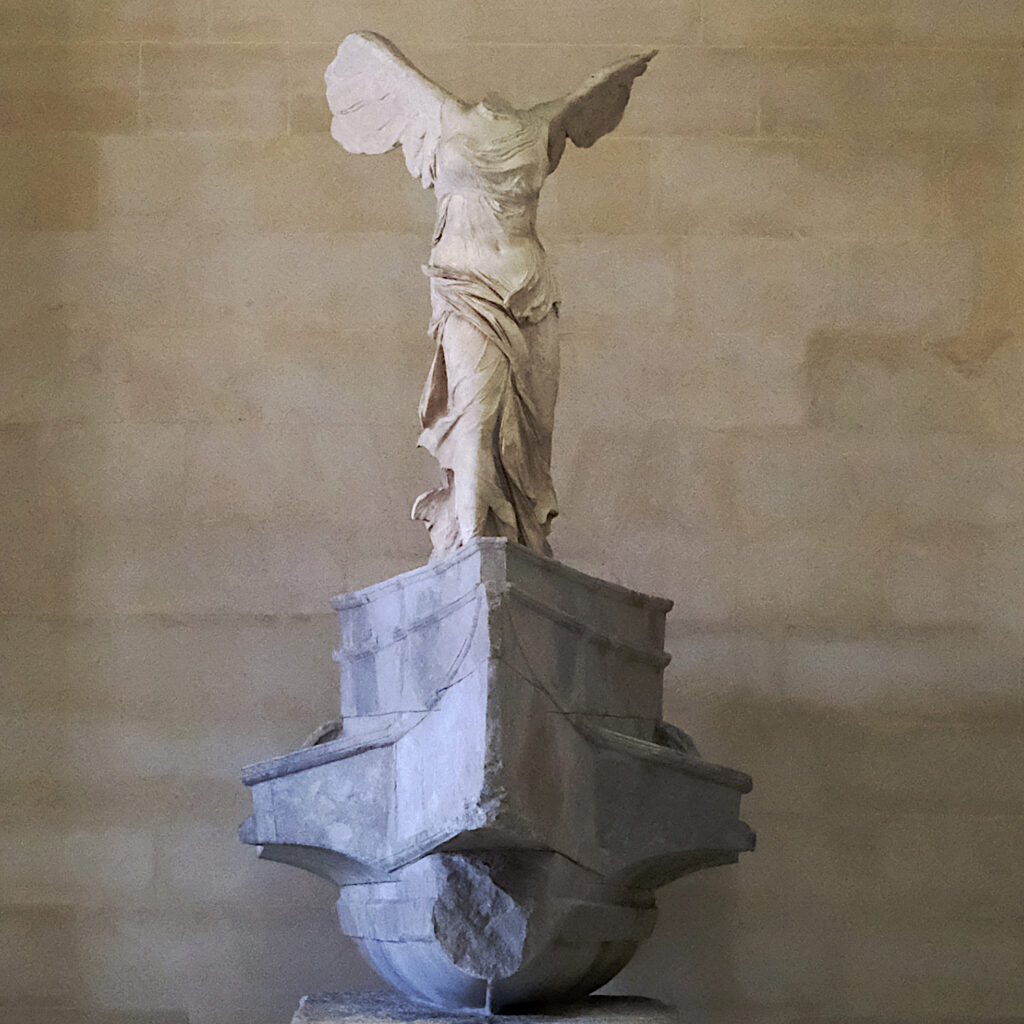
The symbolic significance of statues
As the goddess of victory, Nika, this statue symbolizes victory and glory. In ancient Greek culture, Nika was often depicted as a winged woman who bestowed the crown of victory upon the winners of war or sports events. Therefore, Nika is not only an angel, but also a deity symbolizing power, glory, and success.
In this statue, Nika not only symbolizes the victory of Greek naval battles, but also represents ancient Greece’s worship of combat effectiveness, honor, and victory. Her posture – with her wings spread out and her body leaning forward, showed a confidence and determination that was about to bring victory. The existence of this statue is not only to commemorate the victory of a naval battle, but also a tribute to the spirit of victory.
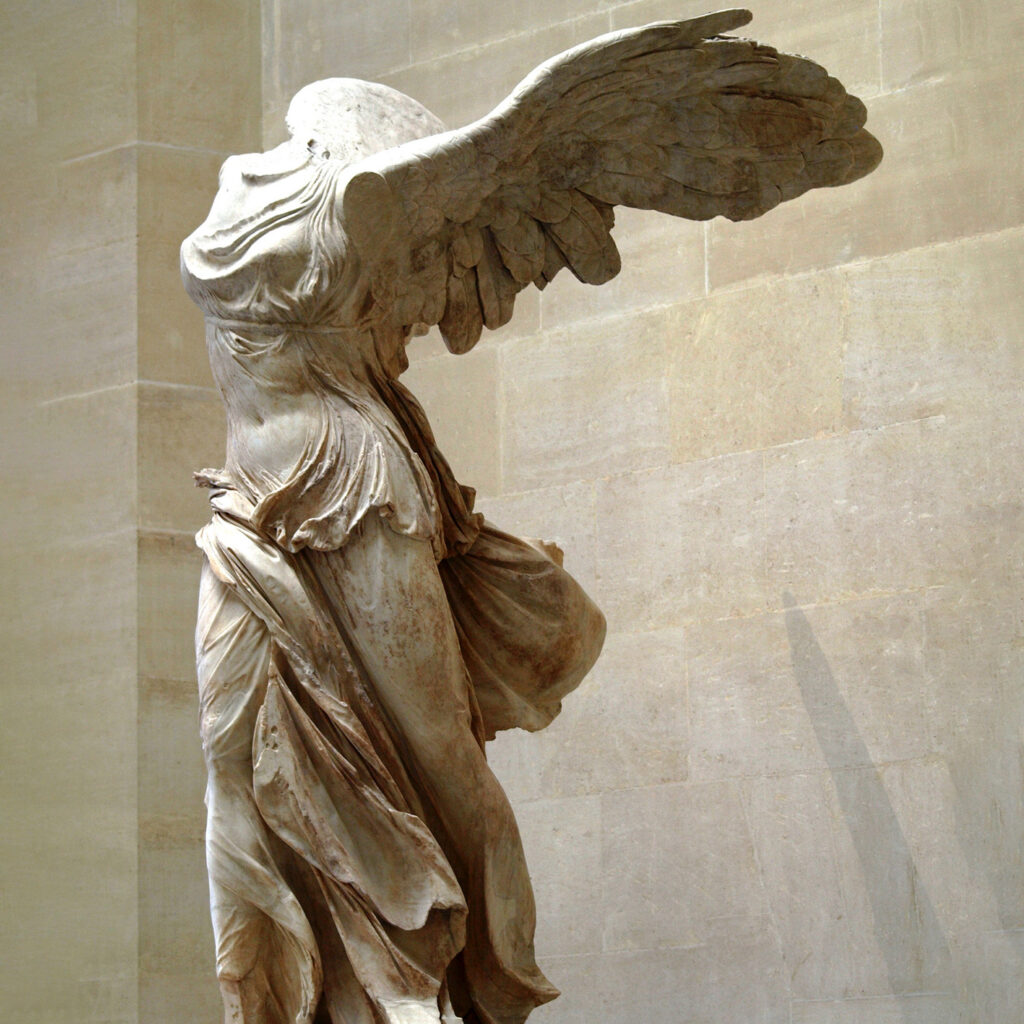
Discovery and repair process
The discovery and restoration process of the Winged Angel Statue Louvre is also a fascinating story. In 1863, the archaeological team led by Charles Champano discovered fragments of this statue during excavations on Samothrace Island. Over time, archaeologists worked tirelessly to locate the main parts of the statue and brought it back to Paris.
The initial restoration work of the statue was completed in the late 19th century, with the main body of the statue carefully pieced together. However, the head and arms of the statue have not yet been found, and these missing parts add a sense of mystery to the statue. In the 20th century, the Louvre underwent several restorations of the statues, particularly the repair work on their boat shaped pedestals. In recent years, the restoration has not only made the statue more stable, but also made it look closer to its ancient appearance.
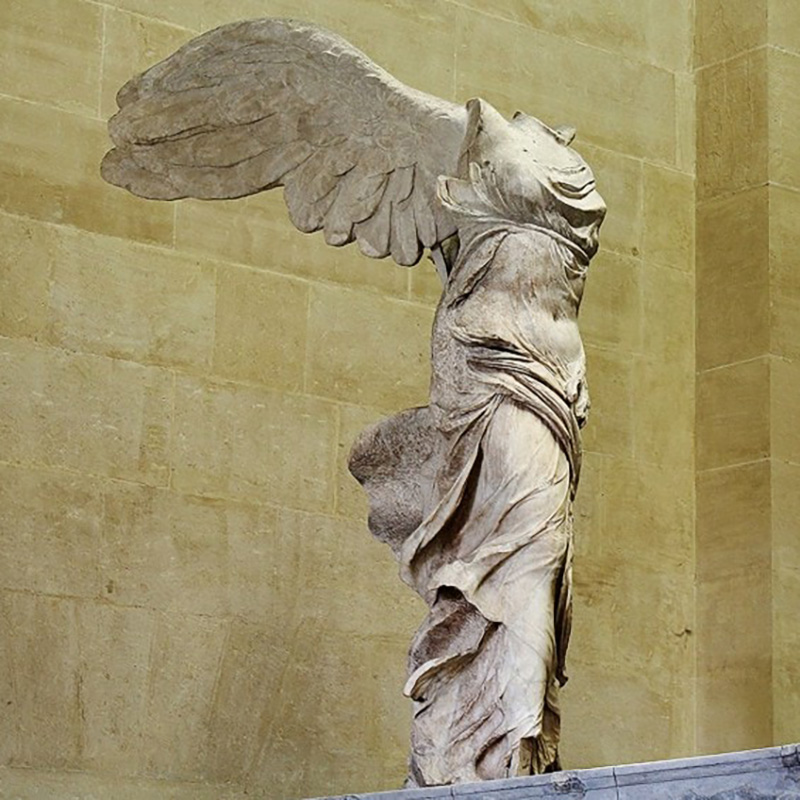
The headless angel statue in the Louvre, with its dynamic shape, exquisite carving techniques, and profound symbolic significance, has become the pinnacle of ancient Greek sculpture art. Although it lacks a head and arms, the impact and artistic value of the statue remain undiminished. Whether as a symbol of victory or a treasure in art history, this statue exhibits eternal charm, continuing to attract countless visitors to stop and appreciate, and marvel at the power and beauty it conveys.

